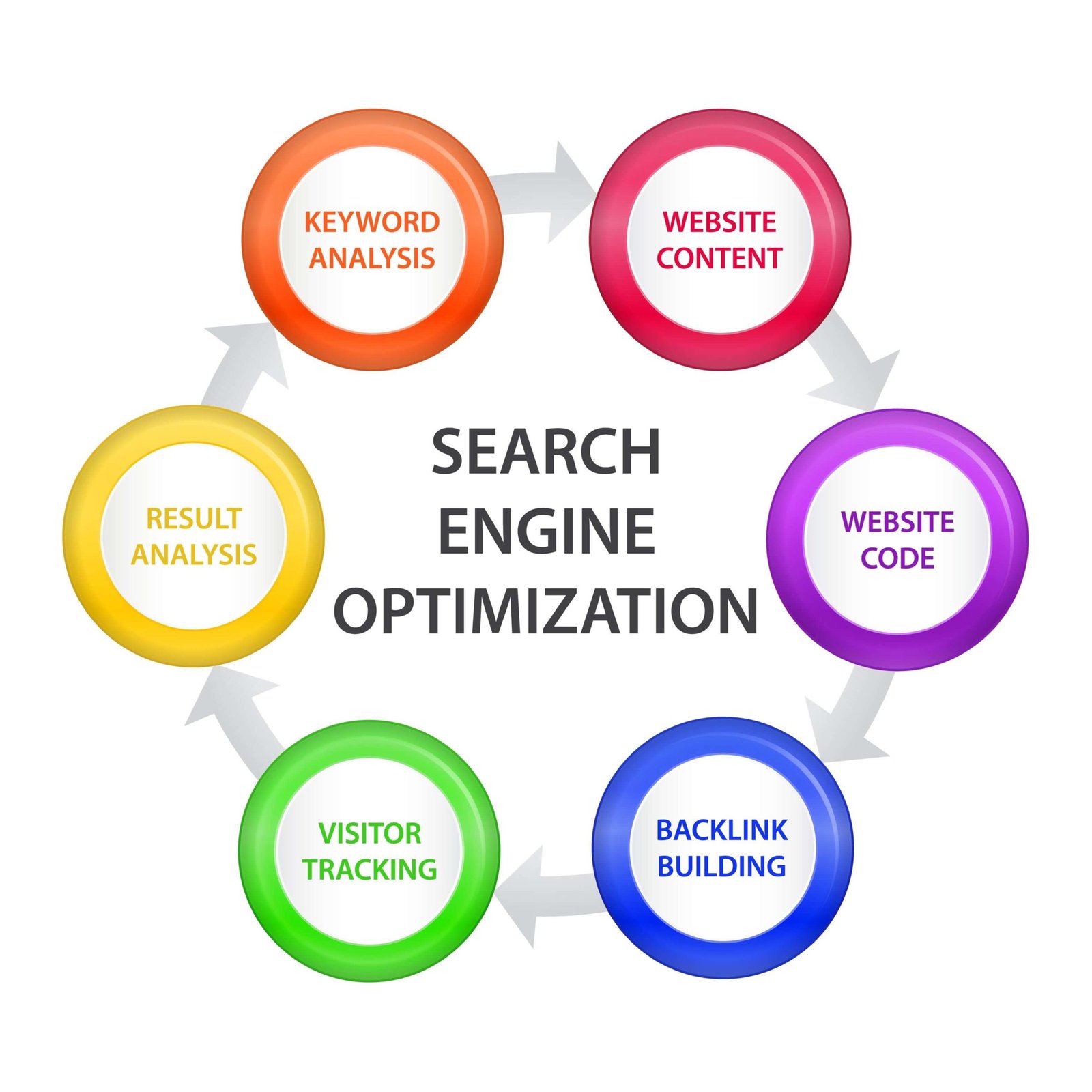With regards to optimising for se's, content is king. So that you can better tailor the metadata judgements that influence ranking places, Commerce Cloud enables marketers and merchandisers to create rules for each page.
At a fraction of the price of competing systems, SEO best practises may be rolled out in Development, then repeated in Staging, and finally in Production. https://parrott-nicolajsen.thoughtlanes.net/ways-to-commerce-seo-and-salesforce-commerce-cloud is increased because of the decreased time and energy to market.
Sitemaps, No. 1
Sitemaps are a fantastic tool for describing your website's hierarchy to crawlers. SFCC SEO are XML files that catalogue all of the content on your own website and the connections between your various elements. Crawlers (like Googlebot) utilise this data to find and index your site's content.
Sitemaps are primarily used to improve Googlebot's understanding of your website's internal linking structure. Because of this, it's crucial to set up a network of interconnected links between your sites, developing a "pathway" for the bot to follow. However, Google may have trouble indexing your website properly for those who have pages that aren't associated with from somewhere else (orphan pages). Sitemaps provide this purpose. You can find these forgotten pages found and indexed by the crawler by uploading a sitemap to GSC.
To improve your web shop's search engine ranking positions, you may take usage of the countless SEO tools provided by the Salesforce commerce cloud platform, also referred to as Demandware. Product customization and mobile-friendly design are two types of these capabilities. Furthermore, it includes a specialised URL module that lets you define canonical naming conventions for your categories, subcategories, brands, and pipelines. Rules like these enable you to generate search engine-friendly and easily-remembered URLs, and also rule-based meta tags for every page.
Canonicalization of tags
Many non-technical marketers appear to be confused by canonical tagging. With regards to search engine optimization, these tags indicate to crawlers which page should get credit for one way links. To get rid of confusion and direct readers to the most appropriate page, canonical tags should be used.
The canonical tag has several implementations, like the HTTP header and the rel=canonical link element. The latter is the more trustworthy option, thus we advise using it. The latter is less reliable compared to the former because it requires an individual to manually provide both a canonical URL and a page reference.
Product sizing and colour options, paginated indexes, and duplicate category and collection pages are all good candidates for canonicalization. These should be canonicalized appropriately in order to avoid ranking issues due to search engines mistaking them for other pages.
For the previously referred to as Demandware Salesforce Commerce Cloud (SFCC), further canonicalization procedures are needed. Default page names and descriptions in SFCC are optimised for se's and encourage users to take action. These are excellent building blocks, but also for optimal results, you need to utilize a professional Demandware SEO specialist.
Thirdly, optimising a page's content
Search engine optimisation (SEO) is an umbrella word for several different strategies. On-page and off-page optimisation are both a part of it. On- salesforce commerce cloud seo focuses on enhancing a page's visibility in search engine results pages (SERPs), whereas off-page tactics can include link-building initiatives. On the list of things that have to be improved are title tags, meta descriptions, and internal links. Furthermore, proper HTML markup and the addition of relevant meta data to each page are required.
To create an online shop optimised for seo (SEO), firms might use Salesforce Commerce Cloud (SFCC), an e-commerce platform. This platform's consolidated analytic tools boost retailers' organic traffic, product sales, and GMV.
You may improve your online store's visibility browsing engines using SFCC's suite of on-page SEO tools. Among these options are XML sitemap files, editable page names and meta descriptions, and canonical URL support. The SFCC platform also has safeguards in place to avoid unauthorised usage of private consumer information.
On-page optimisation is crucial to the success of any online venture. It creates it so people searching for the products and services you provide may find your site. on addition to expanding your pool of prospective buyers, this tactic may increase your site's position on search engine results pages. Enhanced CTRs from SEs are attainable by using on-page optimisation.
A Content Plan
Content strategy include not only the rules for crafting messages, but also their organisation and dissemination. Organisational objectives and end-user requirements are prioritised throughout the content planning and management process. When a website has a well-thought-out content strategy, it benefits visitors in several ways.
Increase organic search traffic and enhance transactions with a sound content strategy, whether you're using Salesforce Commerce Cloud or another e-commerce platform. So as to boost your e-commerce site's exposure browsing engines, this tutorial gives various tips for enhancing on-page SEO, optimising URLs, and utilizing canonical tagging.
Additionally, you should check that your e-commerce website is set up properly. To get this done, you may utilise 301 redirects to reroute users from obsolete content. This will keep your e-commerce site's structure uniform and assist avoid duplicated content issues.
Moreover, a custom 404 page is another useful suggestion. Besides reducing 404 errors in Google Search Console, this will assist guarantee that visitors are sent to the right place. Setting up suitable page names and meta descriptions for the intended audience is also crucial. Doing so will improve your online store's visibility in SERPs and bring in more visitors from se's. Finally, make certain that your product pictures are optimised.

